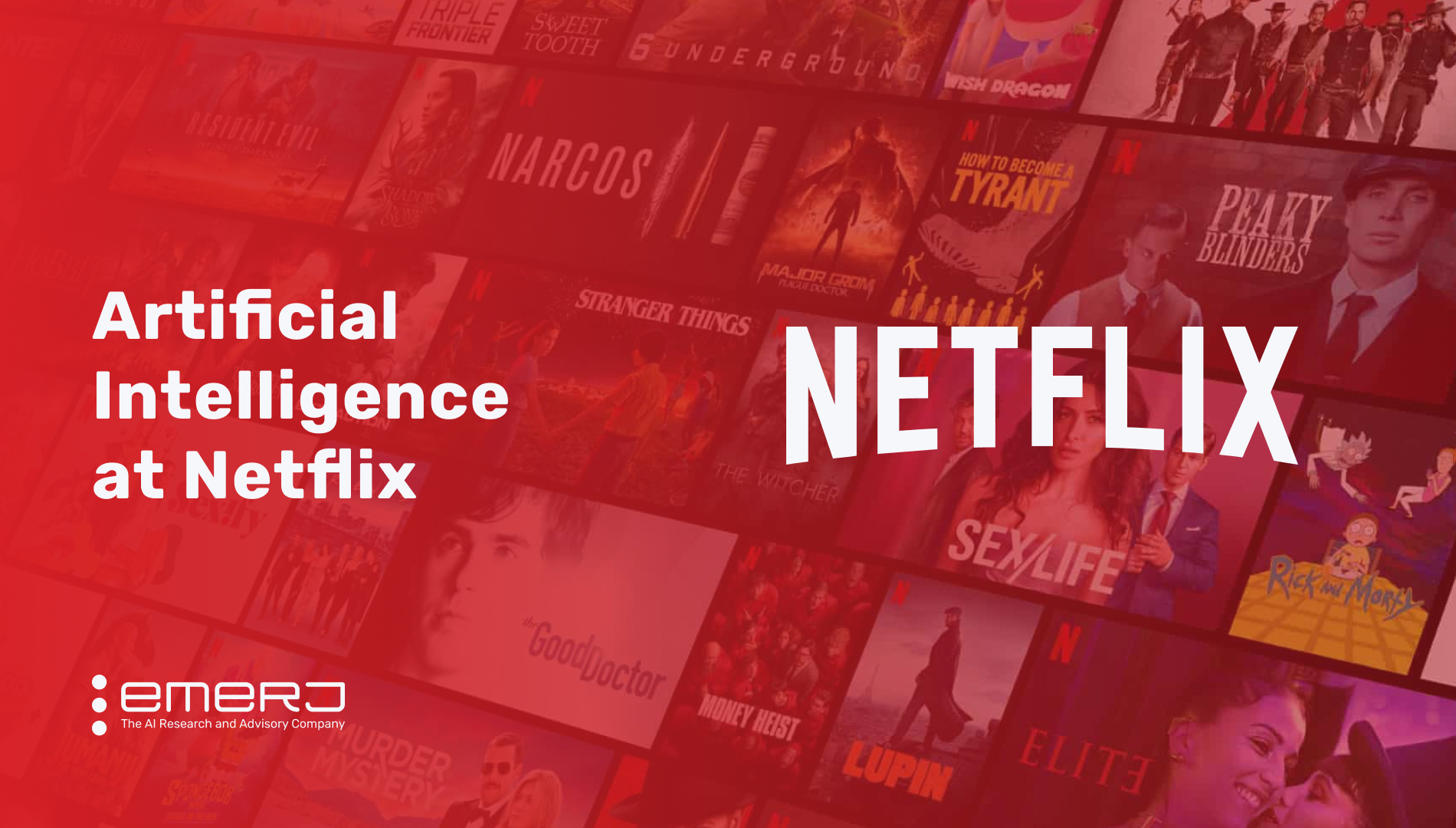Artificial Intelligence at PayPal – Two Unique Use-Cases
The company that would become PayPal Holdings first entered the electronic payments space in 1999, a year after being founded as…

•


Ryan Owen holds an MBA from the University of South Carolina, and has rich experience in financial services, having worked with Liberty Mutual, Sun Life, and other financial firms. Ryan writes and edits AI industry trends and use-cases for Emerj's editorial and client content.
The company that would become PayPal Holdings first entered the electronic payments space in 1999, a year after being founded as…

•

Dick and Mac McDonald opened the first McDonald’s restaurant in San Bernardino, California in 1940. By the end of the decade,…

•

Netflix launched in 1997 as a mail-based DVD rental business. Alongside the growing US DVD market in the late 1990s and…

•

Founded in 1984 by two computer scientists from Stanford University, Cisco Systems developed the local area network (LAN) concept and achieved…

•

Toyota came to the United States in the late 1950s, setting up its US headquarters in California. A decade later, the…

•

American Express began as a freight forwarding company in the mid-19th century. Expanding over time to include financial products and travel…

•

The Walt Disney Company began in 1923 as the Disney Brothers Cartoon Studio. By 1940, Walt Disney Productions issued its first…

•
